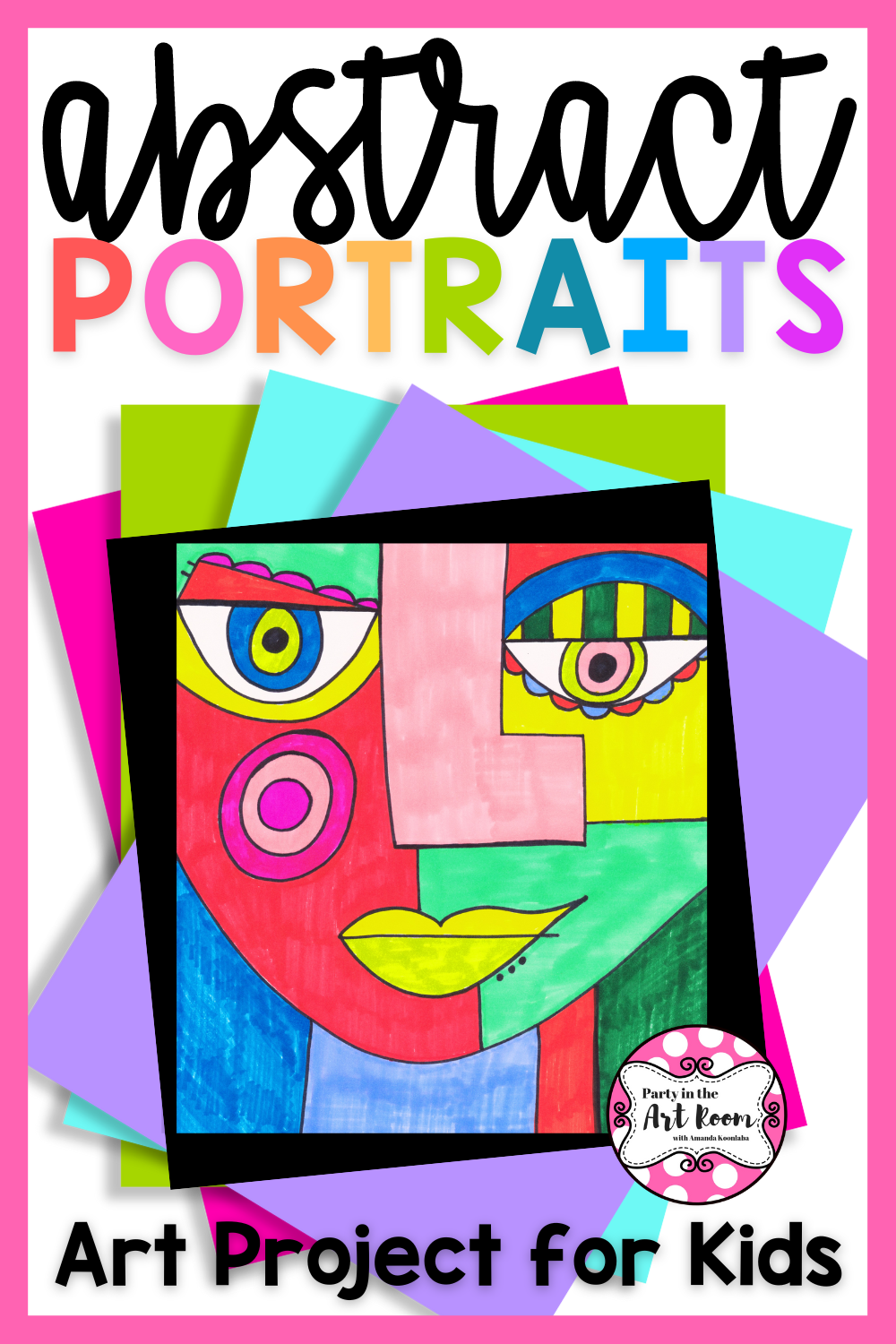An Abstract Art Lesson Plan Using Paul Klee
Life is full of lessons! We can learn from mistakes we make, lessons inside the classroom, and even from influential people. Paul Klee is one of those people who can inspire our students and teach them about the world. Not only can Paul Klee teach students about abstract art, but he can also broaden students' view of the world and deepen their critical thinking.
Who is Paul Klee?
Paul Klee is an abstract artist who was influenced by expressionism, cubism, and surrealism. He experimented a lot with color and even wrote in-depth about color theory and design theory.
Klee’s abstract art has a childlike quality to it, with lots of basic shapes and bright colors. His art also used a lot of symbols to represent Klee’s mood, ideas, and opinions on the world around him.
Why Teach a Paul Klee Art Lesson?
As I mentioned, life is full of lessons, and an abstract art lesson plan using Paul Klee can go way beyond introducing students to new art forms or movements!
Here are a few reasons I like to talk about Paul Klee with elementary students:
#1 Inspiration: Paul Klee’s art is playful and childlike, often experimenting with different colors, shapes, and topics. Klee’s unique approach to art can inspire students to try something new and experiment with different techniques.
#2 Techniques and Styles: An art lesson using Paul Klee can help you introduce new movements, techniques, and styles to students.
#3 Critical Thinking: Several of Klee’s artwork contains symbols and deeper meanings. You can explore some of these images with students and have students interpret what Klee is showing us with his art. This requires inferencing and critical thinking skills.
#4 Cultural Awareness: Klee was influenced by many cultures and artistic movements. By studying Paul Klee’s abstract art, you can also dig into the different cultures that inspired him.
#5 Using Art for Expression: An abstract art lesson with Paul Klee can show students what expressing emotion through art looks like. Elementary students could always use help with emotional intelligence, and this is a great way to explore that skill.
Abstract Art Lesson Plan with Paul Klee
Want to bring Paul Klee art to your elementary classroom? This abstract art portraits lesson includes no-prep projects that are perfect for when you need a simple lesson or have a sub in your art class.
This abstract art lesson can be used with any media, and it includes a compare and contrast activity, three game sheets, reflection pages, tracing pages, and examples. All of the game sheets are hand-drawn, so students don’t feel pressured to create a perfect image.
I’m Amanda, and I align standards and integrate content to help teachers meet the needs of the Whole Child in art class! I have yet to find a standard that I couldn’t teach through art, and I want to share it all with you.
Not sure where to start with bringing art and content together? This freebie guide is packed with 25 ideas to align your art lessons with math and ELA standards. Your students will be crafting art and practicing algebraic thinking. Win-win!
I want all students to feel successful in the art room, so I created a standards-based Daffodil Collage lesson to do just that! The lesson includes an artist study, student reflection, and more, so push your artists to their full potential.
Follow along on my Instagram page for more tips on teaching the Whole Child in the art room!
Connecting art and content together doesn’t have to be mind-boggling. I’ve made it simple with 25 math and ELA art lesson starters - for free! Plus, I included 15 worksheets for students to reflect on their art-making journey.



